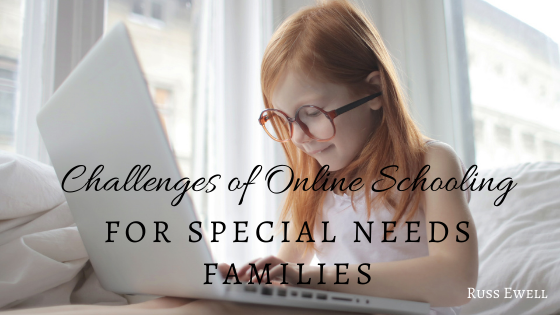The dire warnings began early this year as the COVID-19 pandemic impacted everyone around the world. Schools closed and hastily threw together remote or virtual learning alternatives in the face of explosive outbreaks. Some have predicted a “wasted” school year for all students, most of all those already at high-risk of falling through the cracks: low-income and special needs students. Often these two high-risk groups overlap and normally have inherent obstacles to educational achievement. These challenges make virtual learning especially difficult for them.
One initial and terminating obstacle is lack of access to high-speed internet services. Poor families may only have cell phones with hotspots and probably cannot afford devices for completing online lessons.
Working parents, especially single parents working multiple jobs, means less support at home. Since virtual learning often necessitates some caregiver-led learning, less affluent children will suffer from the roster of sitters, daycare workers, or family members – including siblings – looking after the children. Revolving caregivers and sibling minders introduce a lack of continuity that disrupts learning.
Financial difficulties limit the effectiveness of the virtual school by decreasing class time, too. Alhambra, California teacher Tamya Daly can attest to this, and to the sibling minders. Daly has had to record lessons because parents advised her that childcare schedules and device-sharing needs made it impossible to do more than one hour of live virtual lessons.
Special needs students have the added need for accommodations as outlined in their Individualized Education Plans, or IEPs. These plans are developed to support learning objectives. Examples could be hearing or sight aides, special classroom professionals, and classrooms with fewer distractions for those with learning disabilities. to require special needs kids to manage on their own from an electronic device, away from their designated support, is a recipe for failure. In fact, Governor Gavin Newsom asserted that accommodations are impossible to provide in virtual learning when he outlined a new waiver application program. Schools may apply for a quarantine waiver so that certain high-risk students can receive in-school instruction in small groups.
It’s a tough choice, given fears of outbreaks. Some students cannot accept the opportunity due to underlying health conditions of themselves or their family members. Those who can accept the risks, however, just may have a workable solution.

